In the 1970s, under the guidance of Professor Yu Zhihao, a senior anesthesiologist at our university, a distinct myocardial protection research laboratory was established to investigate the strategies and effects of myocardial protection during heart surgery. The laboratory has made significant contributions to the establishment and application of the perioperative myocardial protection system in China. It has also provided a solid talent pool and research foundation for the establishment of the Key Laboratory of Anesthesia and Organ Protection in Guizhou Province, which received approval from the Department of Science and Technology of Guizhou Province in 2014.
At the beginning of this century (since 2005), under the leadership of Professor Yu Tian, pioneering basic research on the mechanisms of general anesthesia was conducted in China. With the support of institutions like the Shanghai Jiao Tong University School of Medicine, over ten doctoral students were collaboratively trained and graduated. Over the past two decades, as global attention to brain research intensified, new opportunities emerged for us to uncover the mechanisms of general anesthesia and explore neuroscientific issues such as pain. Building upon the existing laboratory work, we highlighted our unique characteristics and were designated as the Key Laboratory of Brain Science of Higher Education Institutions in Guizhou Province. This designation was approved by the Department of Education of Guizhou Province in 2017, and the laboratory operates under the umbrella of the Provincial Key Laboratory. In 2021, during the evaluation of provincial key laboratory construction and operation by the Department of Science and Technology of Guizhou Province, our laboratory was awarded the "excellent" rating. Then, in March 2023, the laboratory received funding and approval from the Ministry of Education for the cultivation and construction of the "Key Laboratory of Anesthesia and Organ Protection." This development signifies a significant leap in the laboratory's construction.
The laboratory occupies a floor area of approximately 5800 m2and is equipped with advanced research equipment worth over 22 million yuan. The equipment includes a two-photon confocal microscope, two sets of brain patch clamp systems with photogenetic modules, a 64-channel electrophysiological recording system, a rat cortical electroencephalograph, a neurotransmitter extraction and analysis system, a fiber optic calcium signal recording system, a flow cytometry machine, and an animal behavior detection system. Among the equipment, there are 22 units valued at over 200,000 yuan each, demonstrating the laboratory's advanced research facilities.
The laboratory currently has a total of 42 permanent staff members. The research team consists of 34 individuals holding senior titles and 29 individuals with PhD degrees. This team has established a strong foundation in basic research, characterized by a well-structured echelon system and significant research capabilities. Within the team, there are 4 experts who receive special government allowances from the State Council, 2 young and middle-aged experts recognized for their outstanding contributions by the Ministry of Health, 1 young top-tier talent as part of the National 10,000 Plan, 2 outstanding talents recognized by the Ministry of Education's New Century Program, 2 core experts from Guizhou Province, and 4 exceptional young talents as part of the Guizhou Thousand Innovation and Entrepreneurship Talents program.
After half a century of construction and development, particularly in the past two decades, the laboratory has preserved and expanded its original research focus on myocardial protection while also placing greater emphasis on basic research in neuroscience. It has established four main research directions: general anesthesia mechanism, organ protection, pain mechanisms, and the synthesis of anesthesia and analgesic drugs. The research encompasses a wide range of topics, including the mechanism of general anesthesia, delayed recovery and postoperative cognitive dysfunction following general anesthesia, the pathogenesis and clinical translation of neuropathic pain, the pathogenesis and clinical translation of cerebrovascular and nervous system diseases, as well as the synthesis and modification of molecules related to anesthesia and analgesic drugs.
With the support of advanced technology platforms, the laboratory has trained a significant number of exceptional professionals in anesthesiology teaching, scientific research, and clinical practice, not only for our province but also for the entire country. Over the past five years, the laboratory has undertaken 64 projects funded by the National Natural Science Foundation and published 123 SCI papers. Among these papers, 45% have been published in the first and second ranking journals of the Chinese Academy of Sciences. In 2021, the laboratory was selected as part of the basic research work for the first batch of "Major Projects of Brain Science" under the Ministry of Science and Technology's 2030 program.
Seizing the opportunity provided by the "Key Laboratory Cultivation and Construction Project of the Ministry of Education," the laboratory aims to transform the "Key Laboratory of Anesthesia and Organ Protection" into a crucial hub that caters to the national strategic requirements and the needs of industry and regional development. The laboratory will focus on cultivating and attracting high-quality innovative talents. Its ultimate goal is to establish the laboratory as a top-notch research platform in anesthesiology and neuroscience within China and with a notable influence on the international stage.
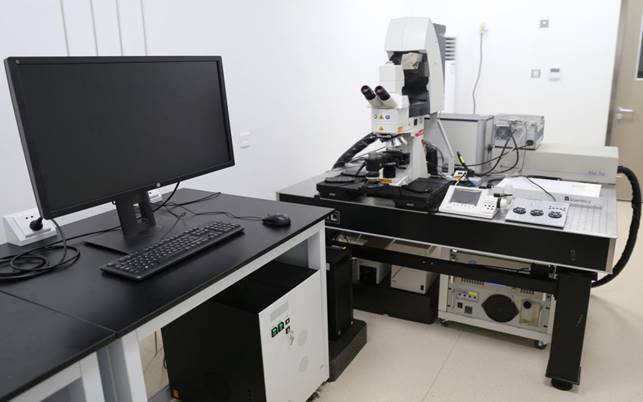
Two-photon Laser Confocal Microscope(LEICA SP8)
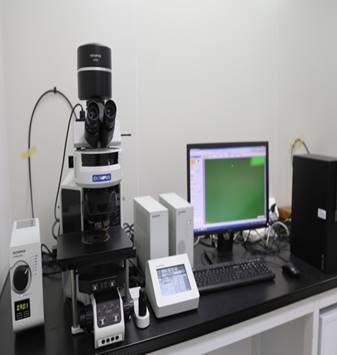
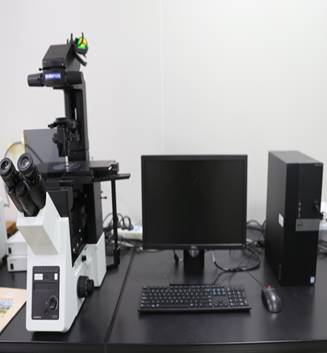
(OLYMPUS/BX61WI)
Positive/Inverted Fluorescence Microscope (OLYMPUS/BX61WI)
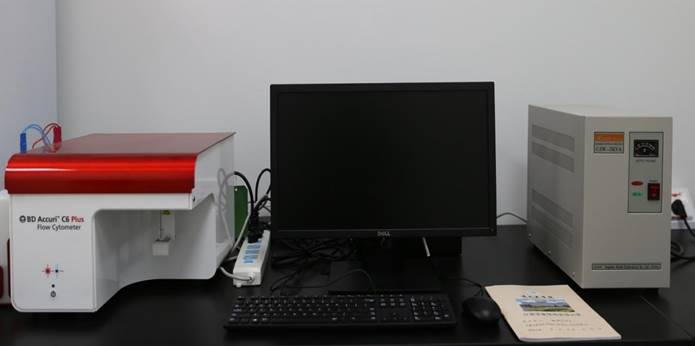
(BD/Accuri C6 Plus)
Flow Cytometer (BD/Accuri C6 Plus)
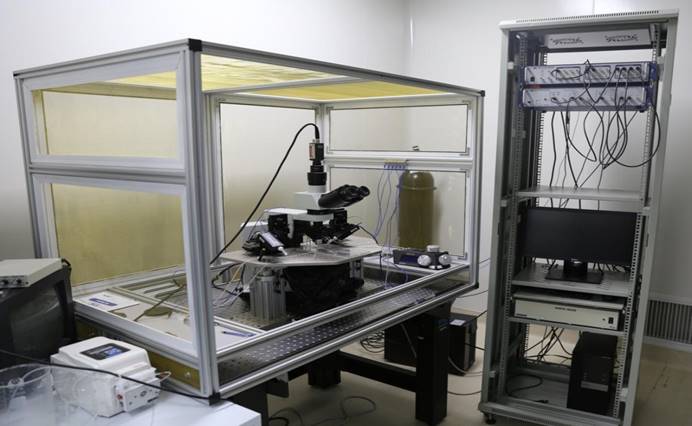
(AXON/700B)
Brain Slice Patch Clamp(AXON/700B)
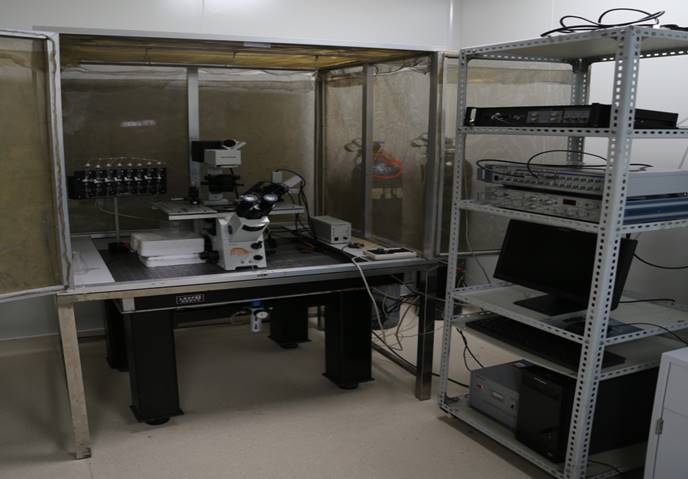
Cell Patch Clamp (EPC10)
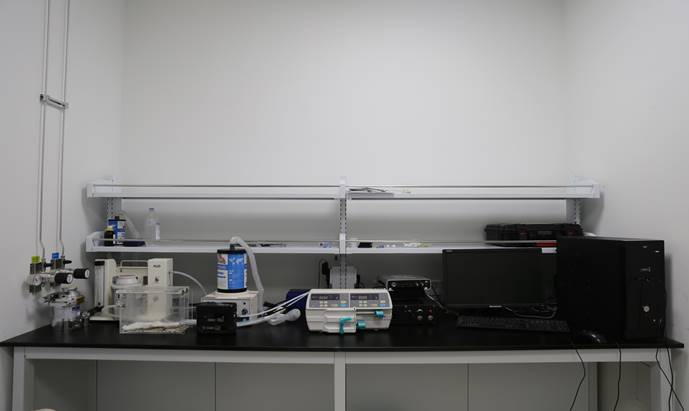
Multi-channel Recording System of Electrocalcium Signal in Living Brain
